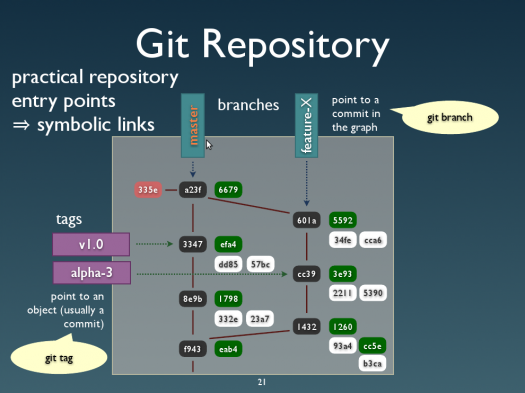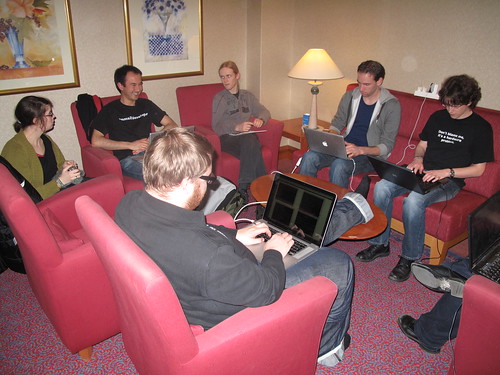Ask anyone on the street why they are not using XMMS2 right now and they will tell you the same thing:
But, like, all your GUI clients suck lol!
You needn’t have punched the poor guy in the face, because I also believe it is quite true.
We have quite a few clients (you will have to check out the matrix by yourself), but none that can really be called polished, mature or attractive enough to motivate people to switch. No disrespect to the authors (I’m even one of them), some cool stuff has been done, but graphical clients aren’t really “ready for the desktop” yet. Which is really a pity, given the awesome framework we have in place to create a great music player.
I believe that the reason for this isn’t that we don’t have competent developers, but rather that all of these projects are one- or two-men effort and not really thrived by the community. Because of the freedom you have to write your own client, well, people do: they follow their personal vision of what they want their music player to be like and start coding. Unfortunately, this isn’t the most effective strategy.
Perhaps thanks to the physicality of our meeting at FOSDEM, or to all the Belgium beer, we acknowledged that and decided that, now that the new official command-line interface (AKA nycli) has been merged and is being worked on by various people (thanks greafine, AnthonyG, nesciens!), it was time to get serious about a graphical client.
The best way to get people to work together on a new project is to establish a clear and common vision of what we’re aiming at, what are the ideas that structure the project, and get people excited about it! The vision should be compatible with the XMMS2 vision we’re currently discussing (thanks to Debian’s Bdale Garbee for the inspiration).
I want to make it clear that even if members of the XMMS2 community start working together on a common client, it is in no way incompatible with other people writing their own client if they so wish. Simply, we hope to gather people working on similar clients and focus the effort to build something really, really cool!
So I’m going to start posting things on this blog to propose directions for a vision to follow, and everyone is welcome to comment, reply, blog and debate the ideas so we solidify the basis we will start from. There will be a lot of things to discuss, from technical choices to interface challenges, so let’s get started!

